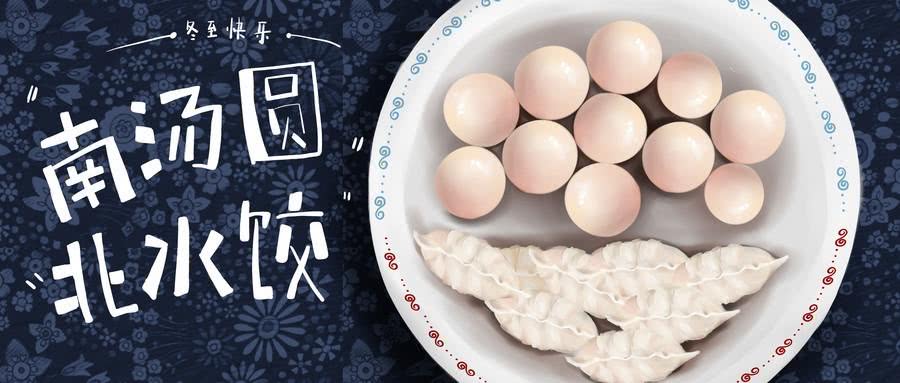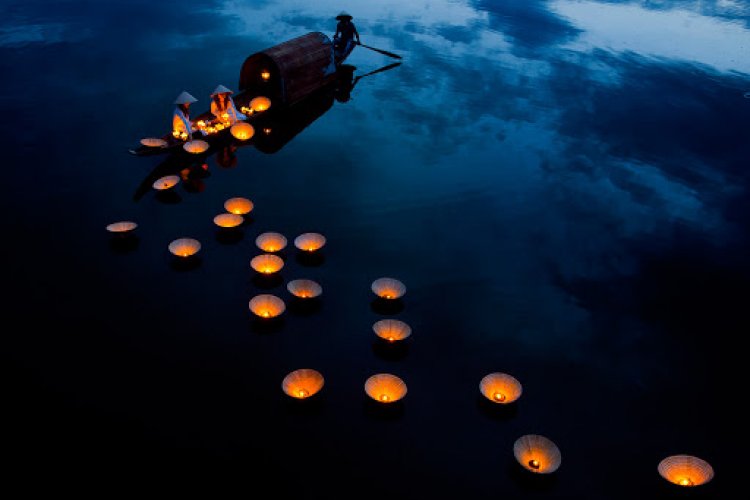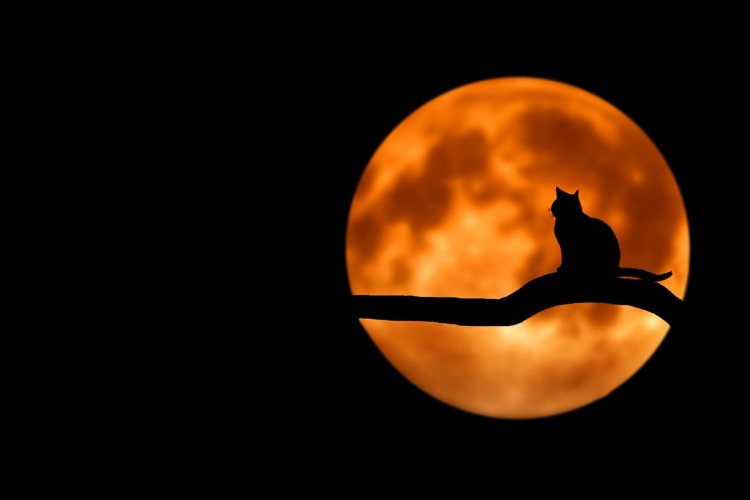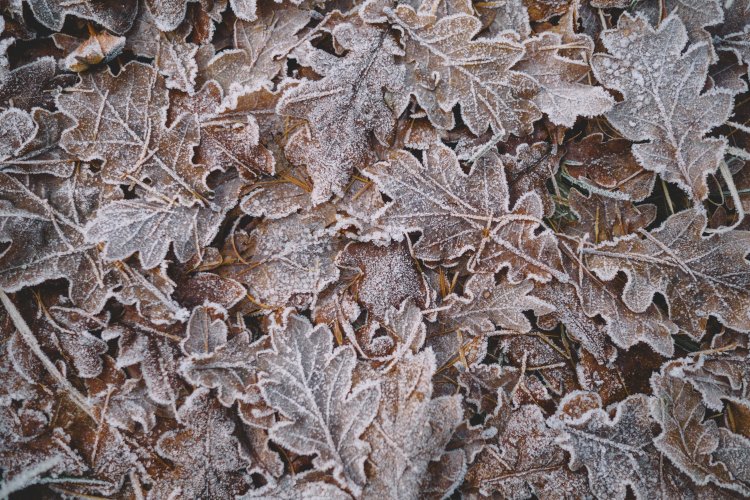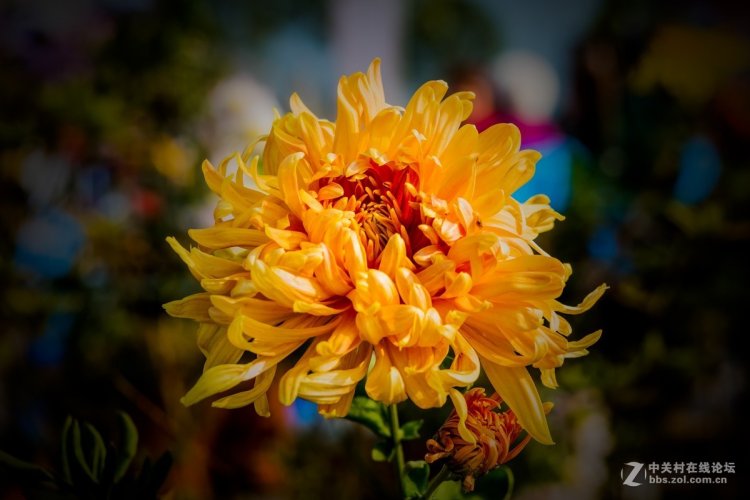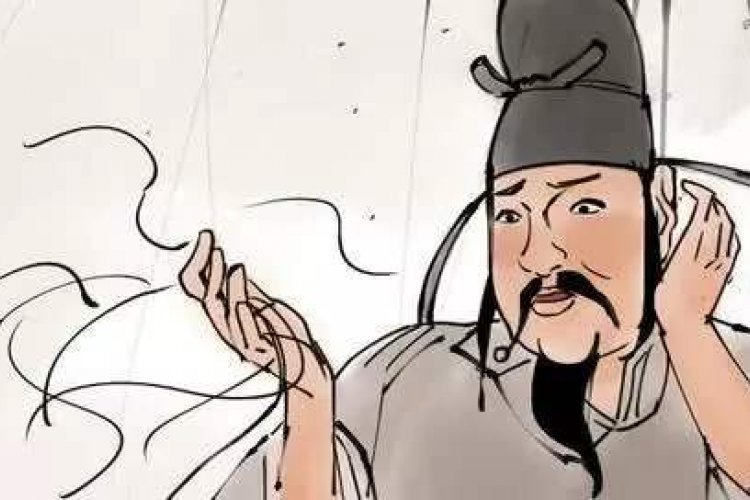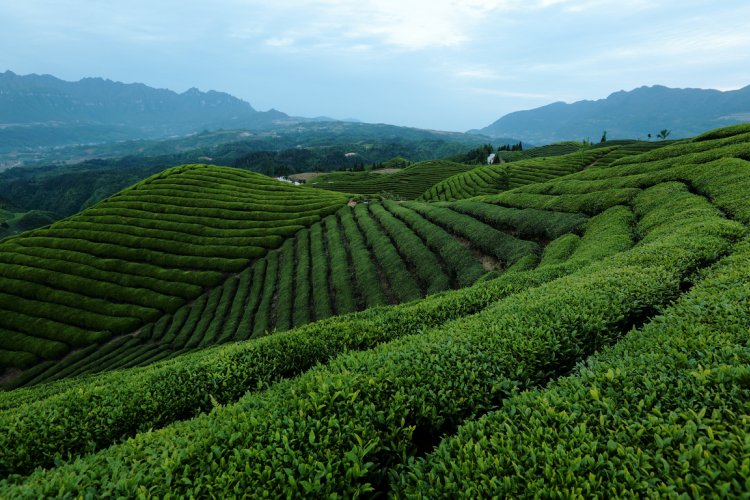Solar Terms 101: Winter Solstice Has Come, Can Spring be Far Behind?
The traditional Chinese lunar calendar divides the year into 24 节气 jiéqì solar terms based on seasonal changes and natural phenomenon. They play an important role in guiding agricultural activities, even to this day. But even city-dwellers like us can enjoy them. Each solar term has its own associated customs, traditions, and even recipes. In Solar Terms 101, we delve into what makes each one special...
Name of the solar term: 冬至 dōngzhì lit. “The zenith of the winter” AKA winter solstice
Gregorian date: Dec 21 +/- a day (Dec 21, 2023)
What dongzhi is all about

Just like what we mentioned in our blog about the summer solstice, the two solstices are the first batch of solar terms that were established in Chinese history. On dongzhi, better known as the winter solstice in the West, the northern hemisphere is tilted away from the sun to its fullest extent, making it the longest night of the year. The full 24 terms were first used in an official calendar during the West Han Dynasty, when officers marked the shortest day of the year as the winter solstice and the beginning of the cycle of solar terms for regions surrounding the Yellow River.
Micro seasons of dongzhi
During the winter solstice, ancient belief holds that yang energy will begin to grow despite yin energy still holding the dominant place. The three micro seasons of dongzhi show us how nature reacts to this change. The first one is 蚯蚓结 qiūyǐn jié the earthworm curls up. As an animal that stretches with yang energy but contracts with yin energy, the earthworm is still under the prominent influence of yin energy and will frequently be found curled up underground.
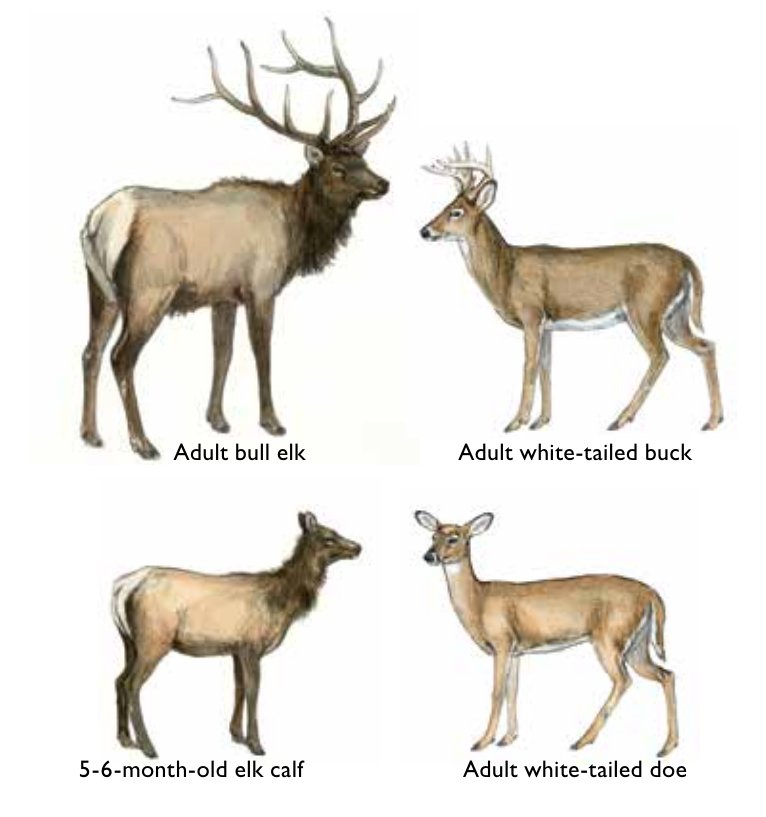
In the second one, 麋角解 mí jiǎo jiě the antlers of the elk drops, ancient Chinese classify the elk and the deer as an animal of yin and yang respectively based on the direction their antlers grows, and they believe the elks’ antlers falls off during this season is because they sense the rise of the yang energy.
As for the last micro season of dongzhi, 水泉动 shuǐquán dòng the spring flows, suggests that the spring and water system will gradually return to their active state by the end of the winter solstice.
Time to prepare your trip home and start chanting
Similar to the summer solstice, ancient Chinese would sing a song that serves as a mnemonic device for what was to come in the following 81 days with each line of the lyrics summarizing some typical phenomenon that may occur for every nine days of the season. By the time you finish chanting this folklore, the harsh winter days should be a thing of the past, while the spring welcomes you with its mild breeze and the blossom of various flora. Yet, as we have repeatedly reminded our readers in this column, the natural phenomenon can drastically differ in various regions of China, an so too varies the lyrics of this chant. The most popular one among the northerners, however, goes a little something like this.
The first nine days and second nine days, keep your hands in your pocket
The third nine days and forth nine days, walk on the ice
The fifth nine days and sixth nine days, view the willow trees by the riverbank
The river will unfreeze in the seventh nine days, while the sparrows come back during the eighth nine days
For the ninth nine days and another nine days, time to plow the soil with the cattle

Usually, the winter solstice is not the coldest time of the year, while the third and fourth nine days after it tend to be freezing since all the heat accumulated in the ground throughout the year will be exhausted by then.
As we mentioned earlier, in the ancient Chinese agricultural society, the winter solstice marks the start of the cycle of the solar terms. No wonder the residents of this land value the winter solstice more than any other solar terms. In some regions, people even believe 冬至大如年 dōngzhì dà rú nián “the winter solstice is as important as the Lunar New Year”, and it is also the time for people to celebrate the winter with their family and greet their elders.
What to eat for dongzhi
As you might have guessed, for a day that almost holds the same significance as the Lunar New Year, there will surely be tons of festival food for people to enjoy. To be honest, we could write a separate blog to just list them all. But for sake of time, here we've listed a few iconic selections.
As is the case with many occasions, northern and southern Chinese can’t reach an agreement for the food that can represent the winter solstice. While southerners claim the 汤圆 tāngyuán sweet dumplings (they actually do not necessarily need to be sweet, and it may contain minced meat in some regions) that symbolize family reunion is the proper food for this special day, northerners insist that if you don’t devour a plate of dumplings on the winter solstice, the horrible frostbite will take your ears away.
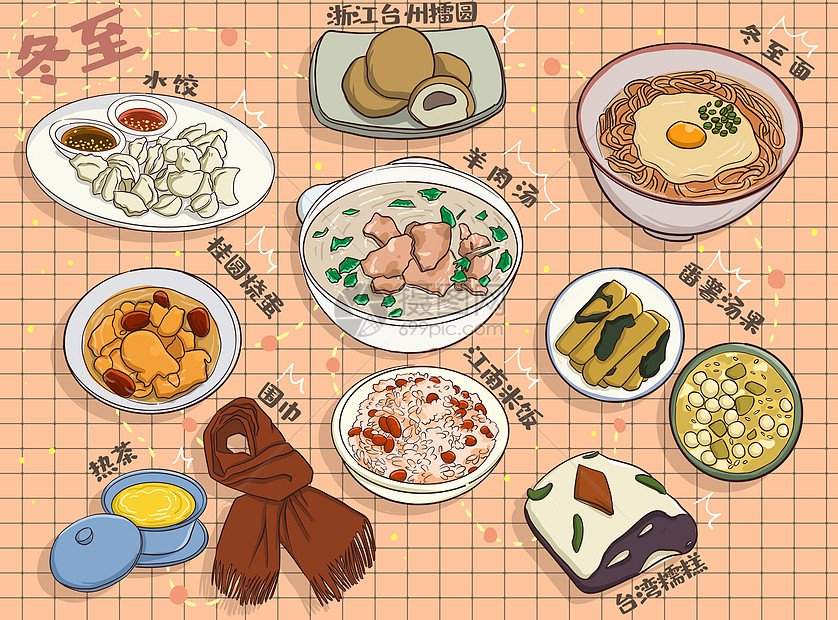
In Anhui province, a special noodle called “winter solstice noodle“ is popular among the locals due to an old proverb that says ”吃了冬至面,一天张一线 chīle dōngzhì miàn, yītiān zhāng yīxiàn“ Every day is a bit longer after you eat this bowl of winter solstice noodle.
Rice cake, pumpkin pancakes, longan egg stew, and many other dishes are also frequently consumed across different regions in China on the shortest day of the year.
Read: Mandarin Monday: We Wish You a Merry Egg Laying
Images: Sina, 699pic, Xashangwang, Mdc
Related stories :
Comments
New comments are displayed first.Comments
![]() China Boy
Submitted by Guest on Wed, 12/23/2020 - 22:25 Permalink
China Boy
Submitted by Guest on Wed, 12/23/2020 - 22:25 Permalink
Re: Solar Terms 101: Winter Solstice Has Come, Can Spring be...
A northern European winter calls for something with more warming than honey based mead. Whisky from Scotland is my preferred winter warmer, but here in sub-tropical GuangZhou Scottish whisky is far too expensive for this impecunious Brit, so either Chinese brandy or Huang Jiu suffices when the temperature drops below 15C.
![]() China Boy
Submitted by Guest on Tue, 12/22/2020 - 20:43 Permalink
China Boy
Submitted by Guest on Tue, 12/22/2020 - 20:43 Permalink
Re: Solar Terms 101: Winter Solstice Has Come, Can Spring be...
To me the Winter Solstice is the nadir of the winter not the zenith. Another example of how we westerns view the passage of time differently.
Validate your mobile phone number to post comments.

